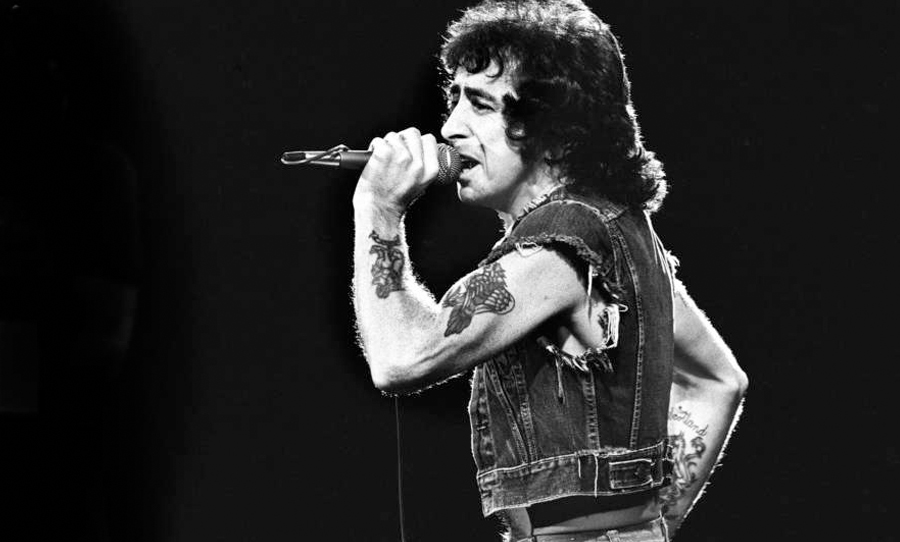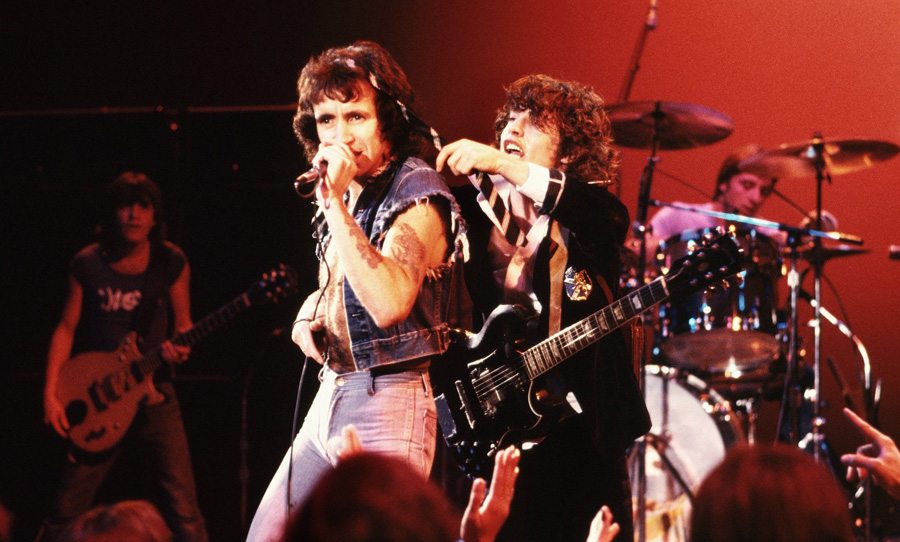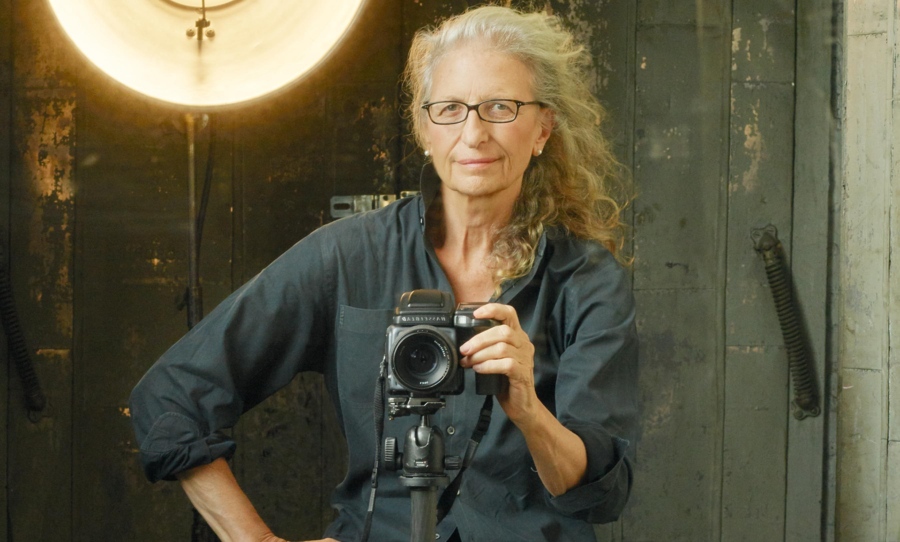Few characters were more central to the development of Aussie rock than the late Bon Scott. In Bad Boy Boogie, Jeff Apter tells the story of AC/DC’s original talisman.
The man that was neither AC nor DC, but “…the lightning flash in middle,” was nothing if not unique. Ronald ‘Bon’ Scott climbed to the peak of the nascent Australian hard rock scene with AC/DC and was on the cusp of international stardom at the time of his death. But as Jeff Apter tells us in Bad Boy Boogie: the True Story of AC/DC Legend Bon Scott (Allen & Unwin), his journey to the top of the charts was no procession.
In trademark style, Jeff Apter aims to present a nuanced portrait of his protagonist. And in Bon Scott, there are many sides to explore.

The Bon Scott story intertwines with another of Apter’s recent subjects, George Young. The older brother of Malcolm and Angus — the unbreakable nucleus of AC/DC — the Youngs and Bon Scott were seemingly destined to meet somewhere on the wild west trail of rock ‘n’ roll in 1970s Australia. Still, happenstance played its part.
Like an astonishing proportion of his musical contemporaries, Scott was a ‘Ten Pound Pom’ (but actually from Scotland). Arriving in Fremantle very young, he found a sleepy continent: a land of opportunity for hard workers, but culturally dormant, midway through the Menzies-led era of monarchist conservatism. This place wasn’t ready for a livewire like Bon Scott. But although Perth was the most geographically isolated city on Earth, as Apter notes, “…Freo wasn’t immune to the impact of The Beatles.” The wild child had stars in his eyes.
He embarked on an overly long rock ‘n’ roll apprenticeship. It’s also here that Apter reminds us of one of the era’s anachronisms: groupies. Scott was geared for hedonism and Apter doesn’t shy away from recounting the details, especially in Scott’s first notable band The Valentines, who enjoyed some success on the road and in the Australian charts in the late 1960s.
His next project, Fraternity, was modelled on the freewheeling Americana act, The Band. It reads like a misstep in the Scott journey — shacking up with a group of mild-mannered potheads in the hills of Adelaide was definitely a detour from his usual M.O. — but it also highlights a key component of Scott’s personality: he was a journeyman. The Bon Scott that most people knew — the irreverent, bravado-enhanced larrikin that fronted AC/DC — was always searching for the best outlet for his creativity.

His personal life was also a paradox: he accumulated casual sexual partners at a rate of knots, but kept in touch with the important female confidants in his life, even throughout the heady touring years. Apter sources Scott’s letters (he was an inveterate writer) to remind us of his respect for his long-time friends and ex-wife, Irene Thornton. He was generous, often seeking out old friends when back in Australia after extended sojourns.
But as we all know, the party ended far too soon. The AC/DC train was in full swing, but Scott’s health — whether it be from the intermittent violence that was inflicted upon him by others (or himself), his drinking, the absolutely punishing touring schedule — curtailed his life. Again, one can’t help thinking about how out of place this lifestyle is in our era of self-care.
Apter describes AC/DC’s workload in just one year: “During 1975, AC/DC played more than 200 shows, travelled hundreds of thousands of kilometres — and in their downtime released two albums.”
The unrelenting ambition of the band was evident for all to see. Of course, the AC/DC juggernaut rolled on after Scott’s death, but the frontman’s mythical status continues to intrigue. Refreshingly, Apter chooses to sidestep the temptation to worship at the altar of Bon Scott. Instead, he presents a human being with all contradictions and complexities intact.
Bad Boy Boogie: the True Story of AC/DC Legend Bon Scott is available now via Allen & Unwin.



